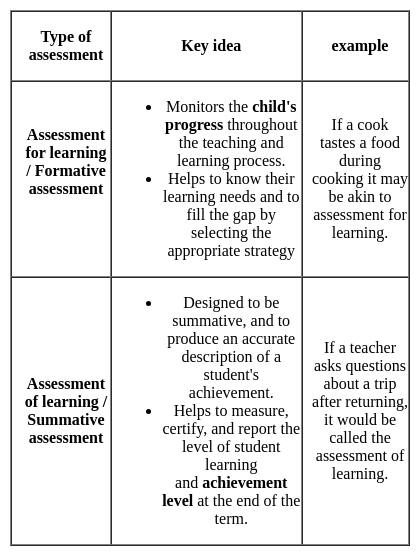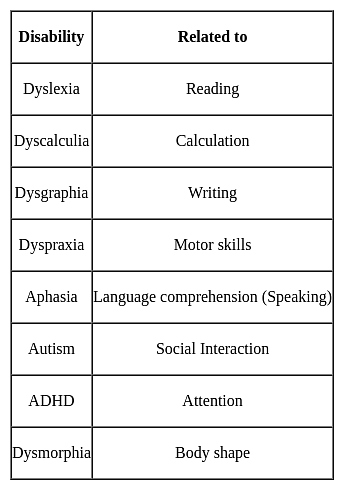KVS TGT Science Mock Test - 4 - KVS PGT/TGT/PRT MCQ
30 Questions MCQ Test - KVS TGT Science Mock Test - 4
Direction: In this question, you need to replace the underlined part of the sentence with the most suitable idiom / expression given as option.
He said that he was a huge fan of the president, although I suspect it was a joke.
Fill in the blanks with the correct modal verb.
It ____________ be ready by Friday, as long as we don't have any unexpected problems.
| 1 Crore+ students have signed up on EduRev. Have you? Download the App |
Directions: In the sentence given below, there is a blank which could be filled using a combination of the words provided. Choose the correct combination out of the four options provided in order to make the sentence grammatically and contextually correct.
Frequent fluctuations in the weather and increased rates of natural calamities ______________ that it is high time we took climate change seriously.
1. Indicate
2. Extempore
3. Epitomize
4. Imposter
2. Extempore
3. Epitomize
4. Imposter
Which stadium is nicknamed "The Theatre of Dreams" and is the home ground of Manchester United?
When you use the fill effects in the format data series dialog box, you cannot
Which of the following rights is/are conferred under the Right of Children to Free and Compulsory Education Act, 2009?
1. Free textbooks and uniforms
2. Mid-Day Meal
3. Pre-school learning
Select the correct answer using the code given below.
A student shows the following signs in the classroom:
- Anxiety around reading
- Difficulty in recognizing words or letters
- Poor vocabulary skills
- Difficulty with understanding or remembering what was read
These are an indication of
Community participation in school culture is essential because ________
Which one of the following statement is incorrect?
The school self-assessment report should:
When a non-metallic oxide reacts with a base, what is typically formed?
Which of the following will not decolourise bromine water?
The atomic number and the mass number of an element A are 14 and 28 respectively. The number of neutrons are:
According to J.J Thomson, an atom is a positively charged sphere. Which sub-atomic particles is embedded in it?
Why does Sun appear slightly oval shaped at morning and evening ?



















